F.D. Flam: We used to disagree. Now we don't talk to each other
Published in Op Eds
Since the COVID pandemic began five years ago, the U.S. has gone from being merely polarized to split into two separate and incompatible realities. Worse, according to a recently released survey, we lack a “common understanding of facts.” So much for the new normal.
Your reality depends on whether you identify with the political right or left. In its study, Bright Line Watch asked political scientists, experts in online misinformation and members of the general public to rate the country’s performance on 31 different democratic principles, from fair elections to free speech. A shared understanding of the facts ranked last among the respondents, which included Democrats and Republicans.
Cornell University sociologist Michael Macy predicted some of this a few years ago, arguing that the pandemic had precipitated a tipping point, tearing us apart in a way that wouldn’t be easily reversed. Disasters often have the opposite effect, bringing people together, he told me in a recent interview. But the pandemic was surprisingly divisive.
For a short time, in late March and April of 2020, Americans were briefly united in concern for one another’s welfare. But by May, that had evaporated, replaced by finger-pointing and blame.
Our division over basic facts can’t all be attributed to increased online misinformation. Humans construct reality not just from data but from a web of cause and effect — narratives girded by assumptions about blame, consequences and other people’s motives. In one reality, the lockdowns were the best thing public health officials could do to save lives. In the other, they were instigated as an experiment in controlling the population.
In one reality, the deaths that occurred despite the lockdowns showed the government’s public health policies weren’t effective. In the other reality, the deaths were the fault of “selfish” people breaking the rules. (The actual situation was far more complex.)
Today, one side sees the actions of Elon Musk and his Department of Government Efficiency as cleaning up fraud and waste. In contrast, the other sees vital services and programs being dismantled. The split views of facts and reality could help explain the differing responses to the Signalgate controversy, with some viewing the text message scandal as a consequence of gross incompetence and negligence that’s put the nation at risk. Others downplayed its significance or shifted the blame. Both sides looked at the same evidence and came away with entirely different views.
This is not to say that one narrative isn’t usually more desperate and dishonest than the other — only that both are constructed with assumptions that diverge so much that we can’t talk across the gap.
Macy points out that our views are not necessarily more extreme but that we’re forming them differently — uniformly lined up on one side. It’s rare that anyone expresses views that are conservative on some issues and liberal on others. Such people are often attacked and hated by both sides.
He and other social scientists predicted this phenomenon using mathematical models borrowed from tipping point dynamics in the physical world — such as the transition from a liquid to a gas, how certain materials suddenly become magnetized, or how melting ice can accelerate global warming.
Our disagreement about fundamental reality also stems from how our political affiliations are tied up with our identities, said Vicky Chuqiao Yang, an applied mathematician at the MIT Sloan School of Management. Some degree of ordinary polarization can be healthy, she said, when people express different approaches to handling our environmental, healthcare and foreign policy problems. The other kind of polarization is toxic — hatred, contempt or fear of people who disagree with our views.
When our political affiliations are tightly wound up with our sense of identity, exposure to the other side worsens things, and attempts to break up echo chambers backfire.
Fear makes people feel justified in bullying, she said. Many of those using what was then Twitter in 2020 and 2021 saw that. People who wanted to start talking about reopening schools, for example, were labeled grandma killers. People on both sides were proud of bullying and cruelty as long as it was done for the correct (their) side.
While some philosophical threads connect views on the left and right, Macy argues that there’s surprising randomness in how issues are divvied up. In his research, he and his colleagues showed how people from either party could be nudged into embracing either side on various topics — from using AI to spot criminals to teaching classic books in school — depending on what they thought the party line was. People took the positions they thought aligned with their political tribes, even though they were randomly assigned. After that, people found intellectual or moral justifications for their choices.
And so it’s possible that random chance dictated that it was conservatives who were more concerned with the possibility the COVID virus came from a lab leak and liberals who were more determined to keep schools closed. Today, the conservative right is more distrustful of scientists and the government and has been through the pandemic, while historically, it’s gone the other way — with liberals more distrustful, especially about the U.S. involvement in wars from Vietnam to Iraq.
We might yet pull back together — whether through future events or more post-pandemic mixing in the real world rather than on social media. And we can all do our part by recognizing that none of us has an unclouded view of the truth.
____
This column does not necessarily reflect the opinion of the editorial board or Bloomberg LP and its owners.
F.D. Flam is a Bloomberg Opinion columnist covering science. She is host of the “Follow the Science” podcast.
©2025 Bloomberg L.P. Visit bloomberg.com/opinion. Distributed by Tribune Content Agency, LLC.


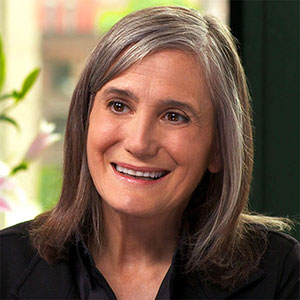
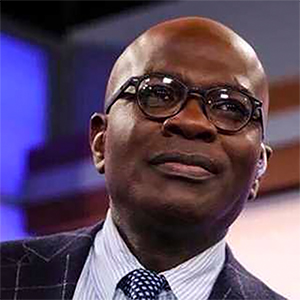
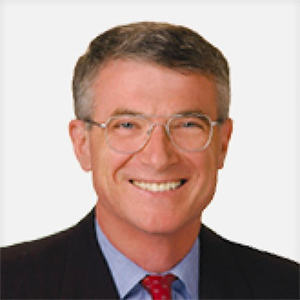
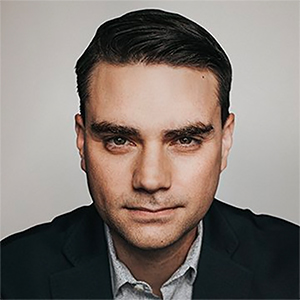
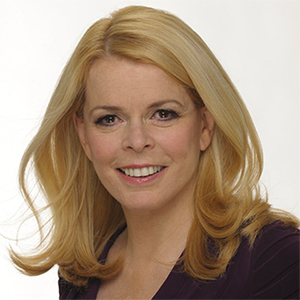
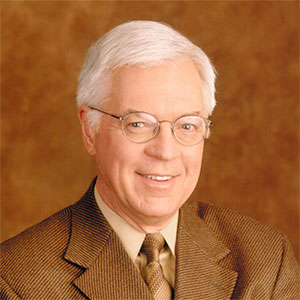
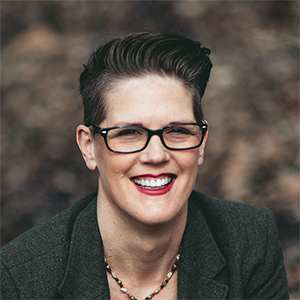
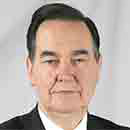
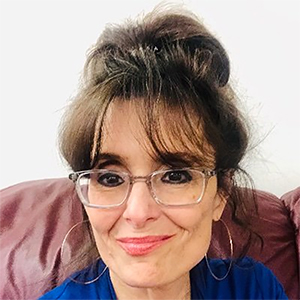
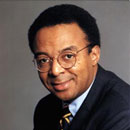
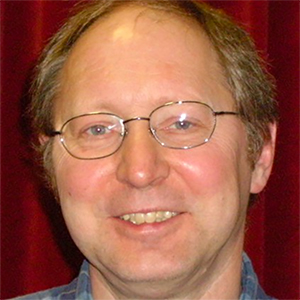
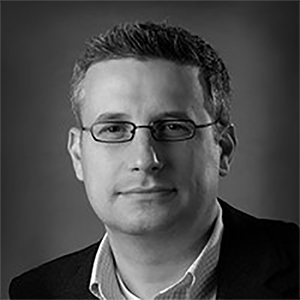
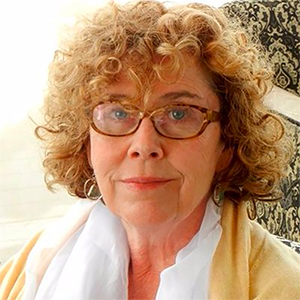
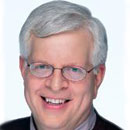
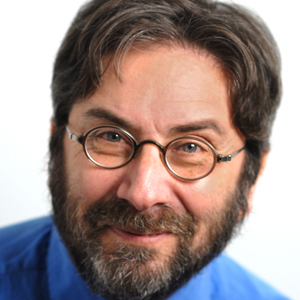
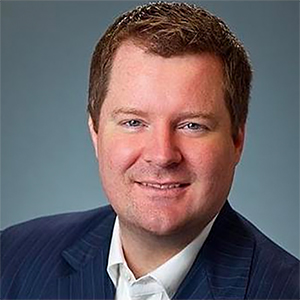
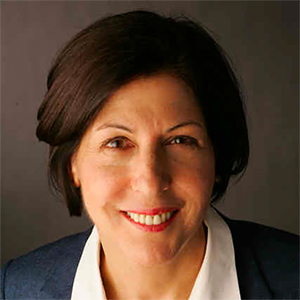
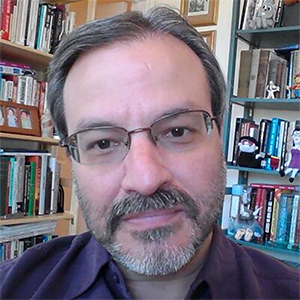
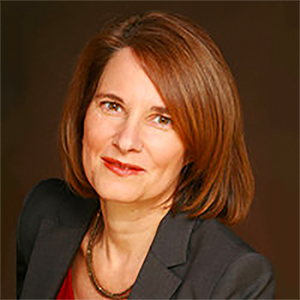
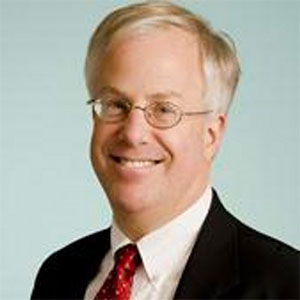
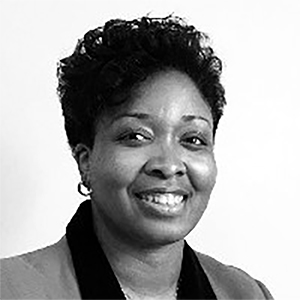
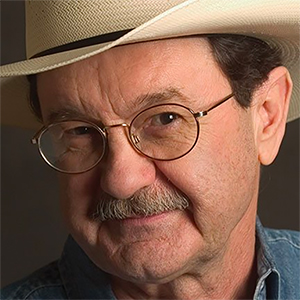

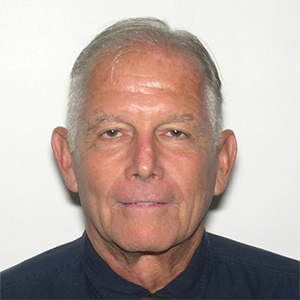
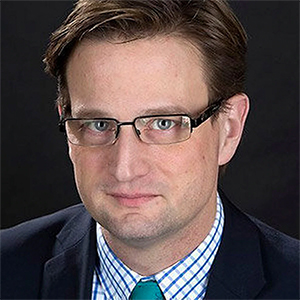
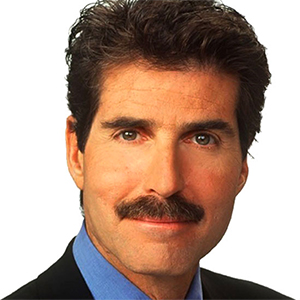
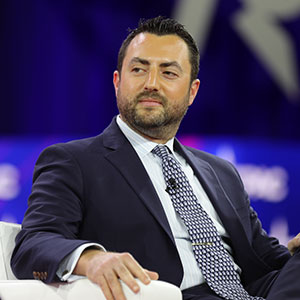
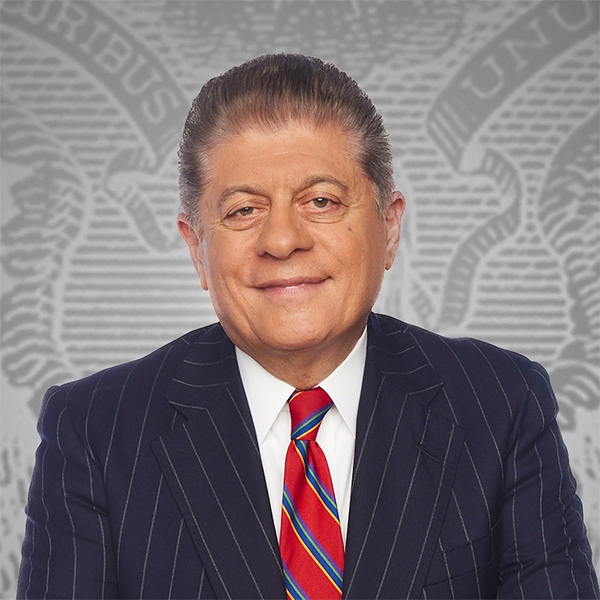
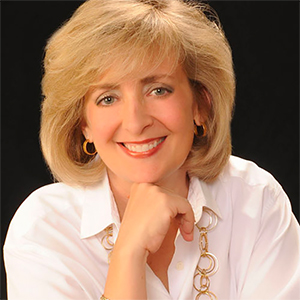

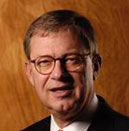
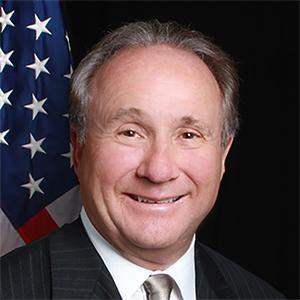
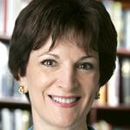
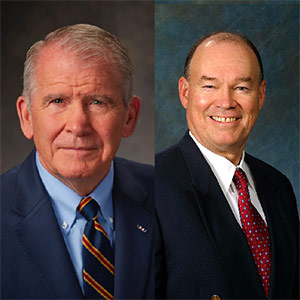
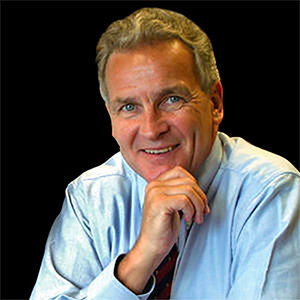
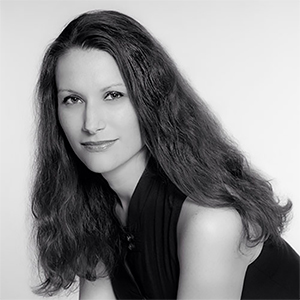
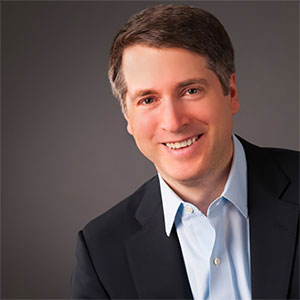
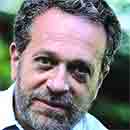
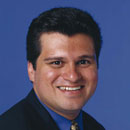
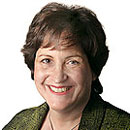
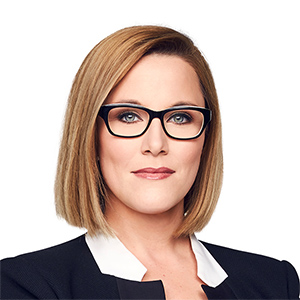
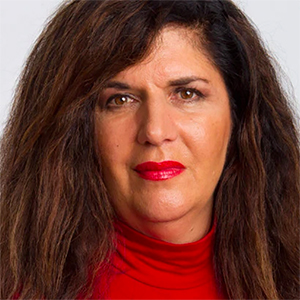
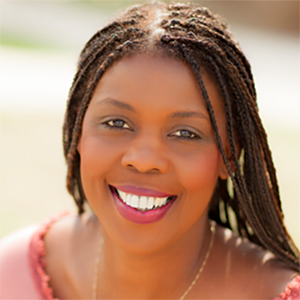
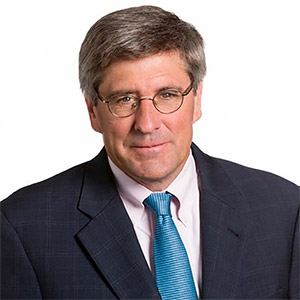
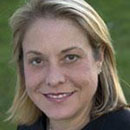
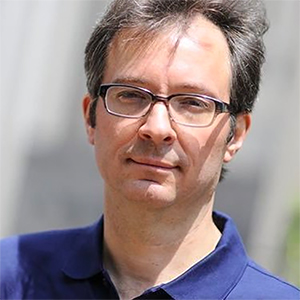
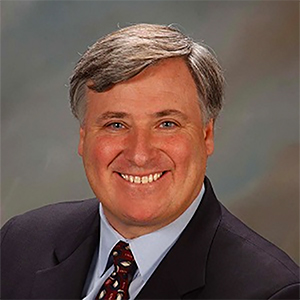
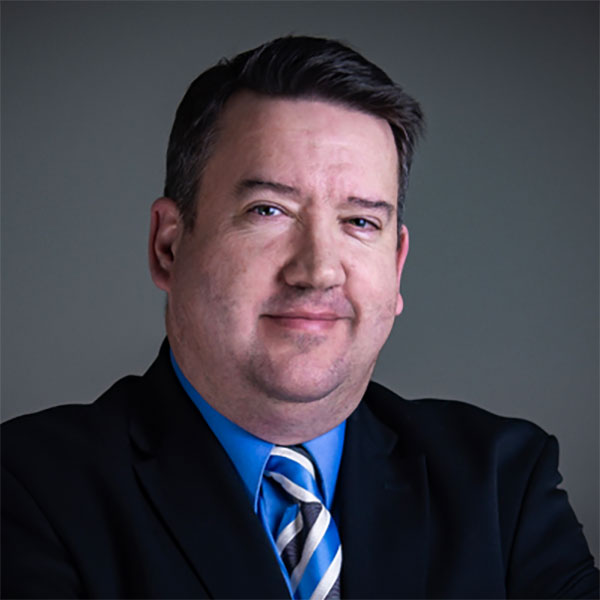
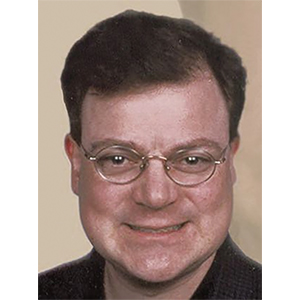
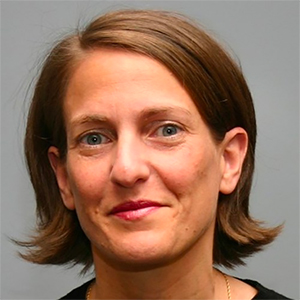

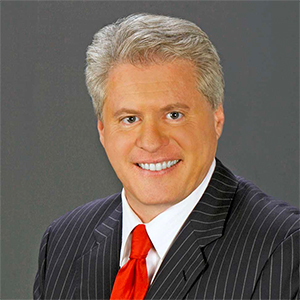
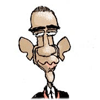

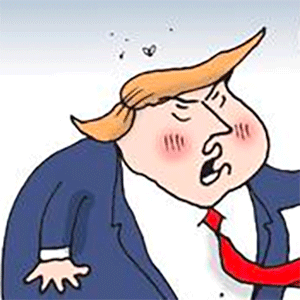
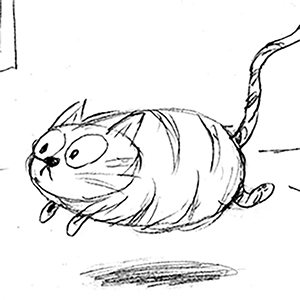

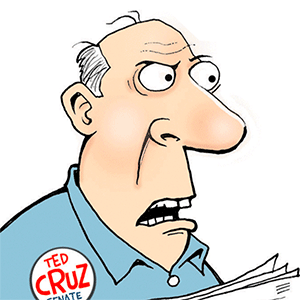
Comments